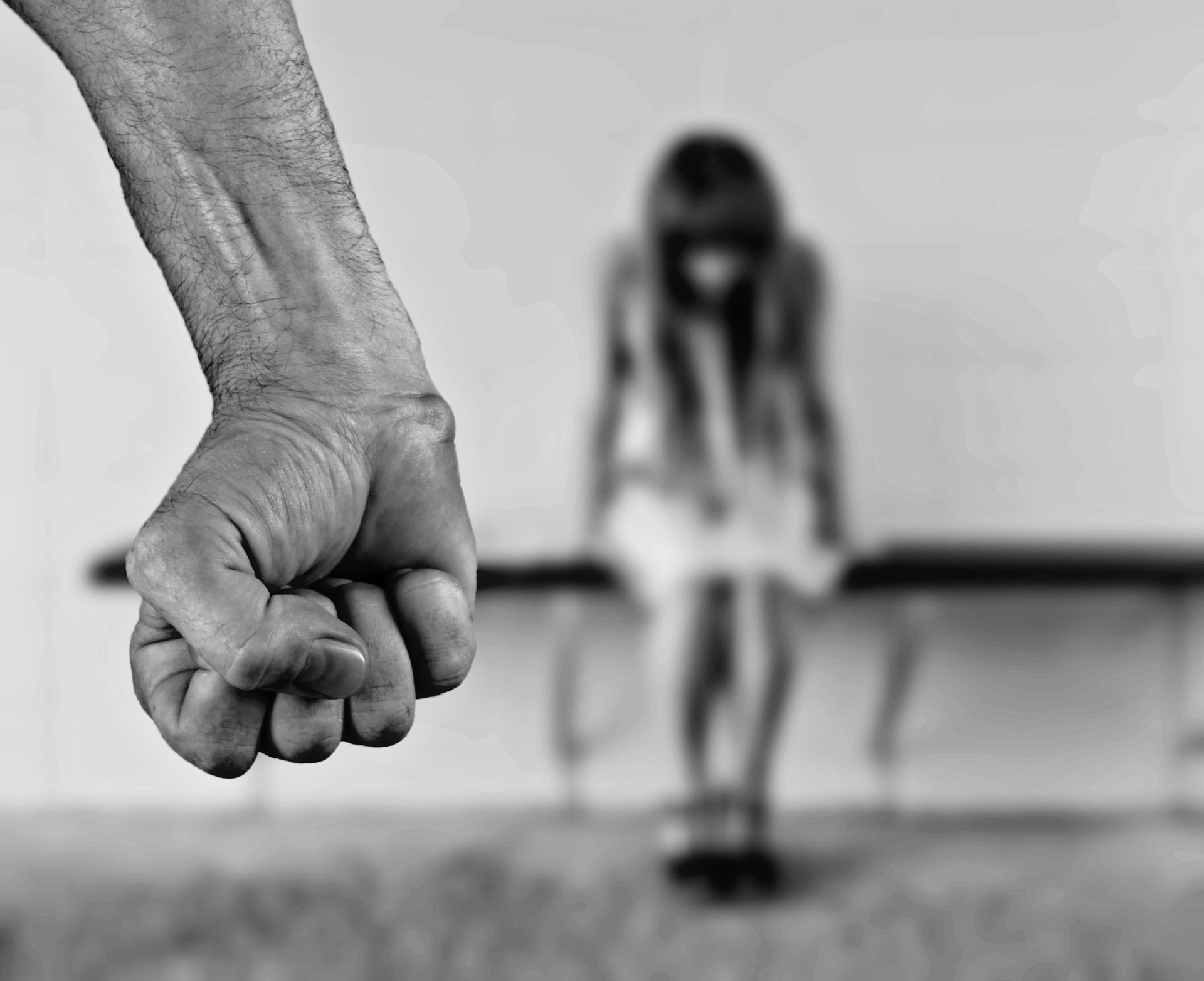The Link Between Mass Shootings and Domestic Violence
The initial reports of the Gazette Shooter speculated on his identity. So many want to be able to label the monsters who commit these heinous acts as what we in society fear most: young people of color, Muslim, etc. But statistics show that the strongest indication of who will commit a mass shooting has to do with something we turn a blind-eye to all too often: domestic violence.
By Steph Black
Also known as intimate partner violence, domestic violence is defined as “Domestic violence (also called intimate partner violence (IPV), domestic abuse or relationship abuse) is a pattern of behaviors used by one partner to maintain power and control over another partner in an intimate relationship.”
Guns play a huge part in DV in the US. In 2007, 45% of women who were murdered were killed by an intimate partner. In total, 4.5 million have had an intimate partner threaten them with a gun and nearly 1 million have been shot or shot at by an intimate partner. And The risk of death increases five-fold when an abuser has access to a firearm.
And between 2009 and 2016, shooters killed a partner or family member in 54% of mass shootings (shootings where more than four people are killed by guns). This statistic is likely to be low, and depends on whether or not it was known the shooter was abusive. Many women do not report their abuse for a variety of reasons. And this number is also likely to have increased between now and then. And the trend is not likely to get better without more research on this connection, considering how little there is to begin with.
Take some of the most prominent shootings. The Sandyhook shooter shot his mother before shooting up Sandyhook Elementary. The Pulse shooter beat both of his wives and financially abused them before shooting up the nightclub. The Sutherland Springs shooter was removed from the Airforce due to domestic violence and a sexual assault accusation before shooting up a church. The Las Vegas shooter verbally abused his girlfriend in public. The Isla Vista shooter targeted women after he threw a drink at two women at a Starbucks for not smiling at him. The Parkland shooter quoted the Isla Vista shooter, abused his ex-girlfriend, and got into a fight with her new boyfriend. The Central Kansas Shooter shot up his workplace an hour and a half after being served a restraining order by his ex-girlfriend.
Church, work, night clubs, schools: no place feels safe. But staying home isn’t the answer either for the women who faced the first wraths of these shooters. And it’s a shame that we only take these women’s pain seriously as a public health epidemic when her abuser becomes a shooter.
The link is strong. While not every abuser will become a mass shooter, most shooters are abusers. The solutions are clear, but tenuous. Too often, abusers have access to lethal firearms in states that have lax gun control laws on the books. And many abusers exploit the Boyfriend Loophole, which says that married abusers who are convicted of violence cannot access guns, but boyfriends who are convicted can.
Steph Black is a Senior at American University studying Women's, Gender, and Sexuality Studies. When not talking, reading, or writing about Judaism and feminism, she's usually hanging out with her cat, Goose or with friends downtown.






